+86-159 9860 6917
info@geofantex.com
geofantex@gmail.com
+86-400-8266163-44899
In the realm of landscaping and gardening, one term that often crops up is “landscape fabric.” But what exactly is it, and how does it differ from geotextile fabric? This article aims to demystify landscape fabric, explore its applications, delve into the distinctions between landscape and geotextile fabrics, and provide insights into choosing the best type for your landscaping needs.
What is the difference between geotextile and landscape fabric?
Geotextile fabric and landscape fabric serve different purposes in landscaping and construction, and their differences can be seen in several key areas:
- Material & Strength: Geotextile fabric is made from high-strength synthetic fibers (woven or nonwoven), while landscape fabric is lighter and less durable.
- Durability: Geotextiles are engineered for long-term performance under heavy loads, making them suitable for construction and drainage systems. Landscape fabric is designed mainly for short- to medium-term garden use.
- Functionality: Geotextiles provide soil stabilization, filtration, drainage, and erosion control. Landscape fabrics focus mainly on weed suppression and retaining soil moisture.
- Applications: Geotextile fabric is used in roads, retaining walls, slopes, and large-scale landscaping. Landscape fabric is typically used in flower beds, gardens, and under mulch or gravel.
- Permeability: Both allow water to pass through, but geotextiles maintain strength under stress, whereas landscape fabric may break down faster in demanding conditions.
In short, geotextile fabric is a heavy-duty engineering material, while landscape fabric is a lighter solution for home gardening needs.
What is the use of geotextile fabric in landscaping?
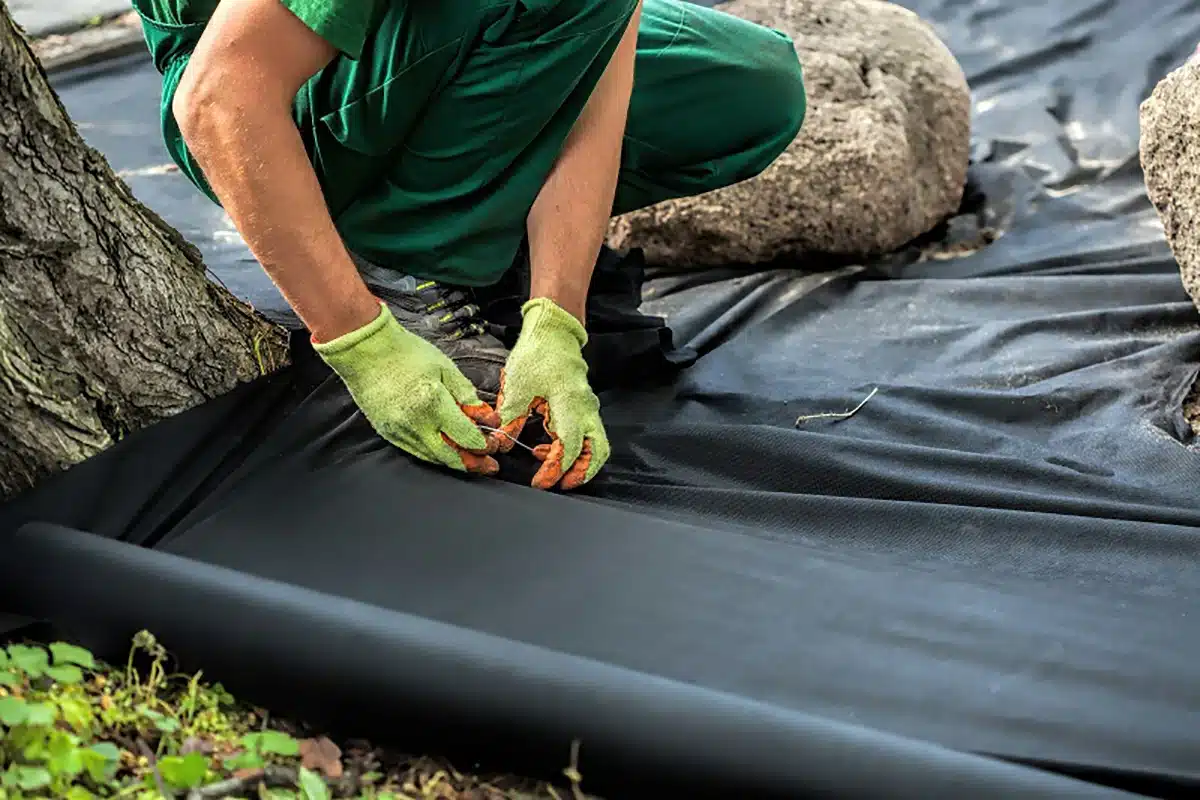
Geotextile fabric is an essential material in landscaping, offering a range of benefits that enhance the functionality and durability of outdoor spaces. Here’s a breakdown of its various applications and benefits:
- Soil Stabilization: Geotextile fabric is used to stabilize soil by separating different soil layers and preventing the mixing of fine and coarse materials. It helps maintain the integrity of soil structures, preventing soil erosion and shifting, particularly in areas with heavy foot traffic or vehicle use. By stabilizing the ground, it also supports the foundation of paved paths, patios, or driveways.
- Example: Geotextiles are commonly used under gravel pathways to prevent shifting and ensure that the gravel stays intact over time.
- Erosion Control: One of the most important functions of geotextile fabric is erosion control. The fabric helps prevent soil from washing away during heavy rains or flooding by holding the soil in place while allowing water to pass through. This is particularly useful in sloped or hilly areas where erosion is a concern.
- Example: Geotextiles are often installed on slopes or around water features to prevent soil erosion caused by runoff.
- Drainage Improvement: Geotextile fabric is designed to allow water to flow through while keeping out dirt and debris. This property makes it ideal for improving drainage in areas prone to waterlogging or where water needs to be directed away from structures. It prevents soil from clogging drainage systems and ensures that water can flow freely.
- Example: It is often used in French drains or under gravel to promote proper drainage in gardens or landscaped areas.
- Weed Management: Geotextile fabrics are widely used for weed suppression. The fabric acts as a barrier, preventing weeds from growing by blocking sunlight, while still allowing water and nutrients to reach the soil. This makes it an excellent solution for flower beds, vegetable gardens, or landscaped areas that need to remain weed-free without the use of chemical herbicides.
- Example: Geotextiles are often laid down under mulch or decorative stone in garden beds to control weed growth while promoting healthy plant growth.
Geotextile fabric serves a multifaceted role in landscaping by stabilizing soil, controlling erosion, improving drainage, and managing weeds. It is a versatile and sustainable solution that can be used in various landscaping applications, from creating stable pathways and controlling water flow to keeping gardens tidy and free from unwanted plants. By incorporating geotextile fabric, landscapers can enhance the durability and functionality of outdoor spaces while minimizing maintenance.
When to use geotextile fabric?
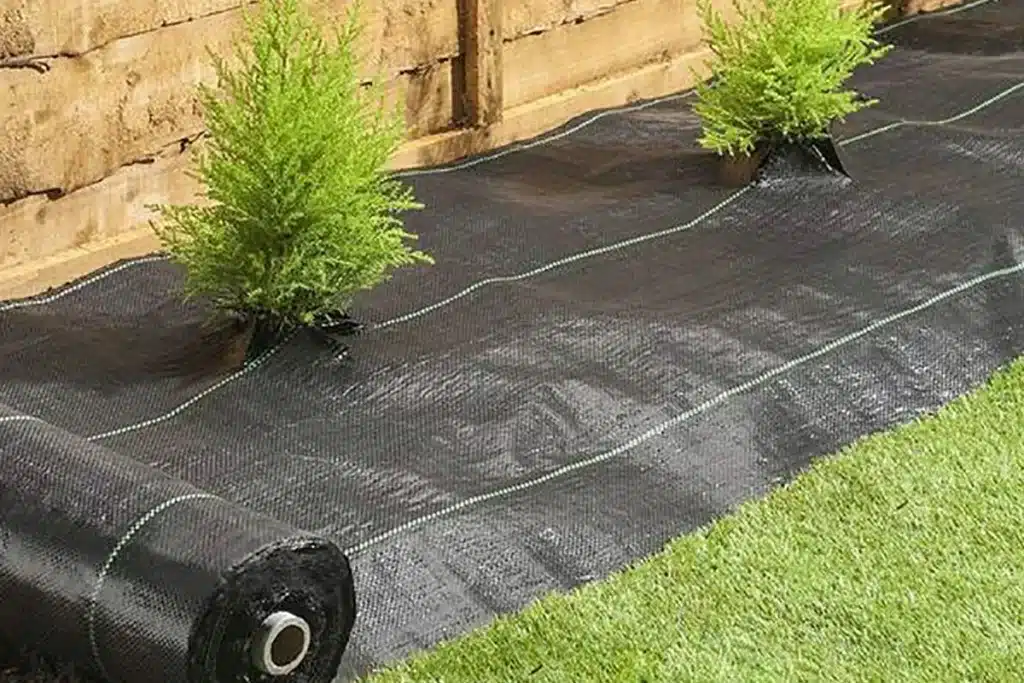
Geotextile fabric is best utilized in landscaping projects where soil stabilization, drainage, and erosion control are significant concerns, particularly in drainage applications where water flow through (permeability) is the main concern. Consider using geotextile fabric in the following scenarios:
- Slope Stabilization: Geotextile fabric can reinforce slopes prone to erosion, preventing soil loss and ensuring long-term stability.
- Retaining Walls: Installing geotextile fabric behind retaining walls helps improve drainage and prevents soil buildup, extending the lifespan of the structure.
- Garden Beds: Use geotextile fabric as a barrier beneath mulch or gravel in garden beds to suppress weeds and maintain soil moisture levels.
- Pathways and Driveways: Underneath walkways or driveways, geotextile fabric prevents soil from mixing with the base material, reducing settling and maintaining surface integrity.
By incorporating geotextile fabric strategically into your landscaping projects, you can enhance longevity, minimize maintenance, and promote sustainability.
What type of landscape fabric is best?
Choosing the right landscape fabric depends on various factors, including the specific requirements of your project, soil type, climate, and budget. Some key considerations when selecting landscape fabric include:
- Material: Opt for high-quality, UV-resistant materials such as polypropylene or polyester to ensure durability and longevity. Non-woven fabrics are also worth considering for their excellent permeability and weed-blocking properties.
- Permeability: Choose a landscape fabric that allows water, air, and nutrients to penetrate while effectively blocking weed growth.
- Thickness: Thicker landscape fabrics offer better weed suppression and durability, especially in high-traffic areas or under heavy mulch.
- Width and Length: Consider the dimensions of your landscaping area to minimize seams and installation time.
In summary, the best landscape fabric is one that aligns with your specific needs, providing effective weed control, soil protection, and long-term performance.
Landscape fabric and geotextile fabric are essential tools in the arsenal of any gardener or landscaper, offering solutions for weed suppression, soil stabilization, and erosion control. Understanding the differences between these fabrics and knowing when and how to use them can elevate the success of landscaping projects, ensuring sustainability and longevity. By selecting the right fabric and incorporating it effectively into your landscape design, you can create beautiful, resilient outdoor spaces that thrive for years to come.
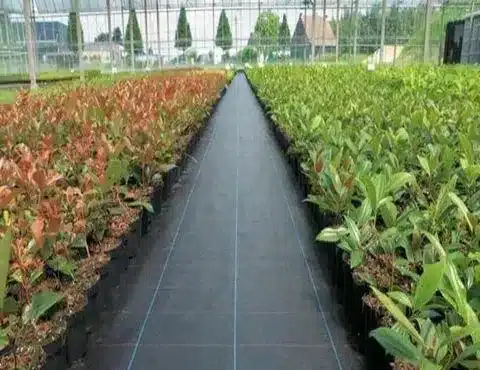
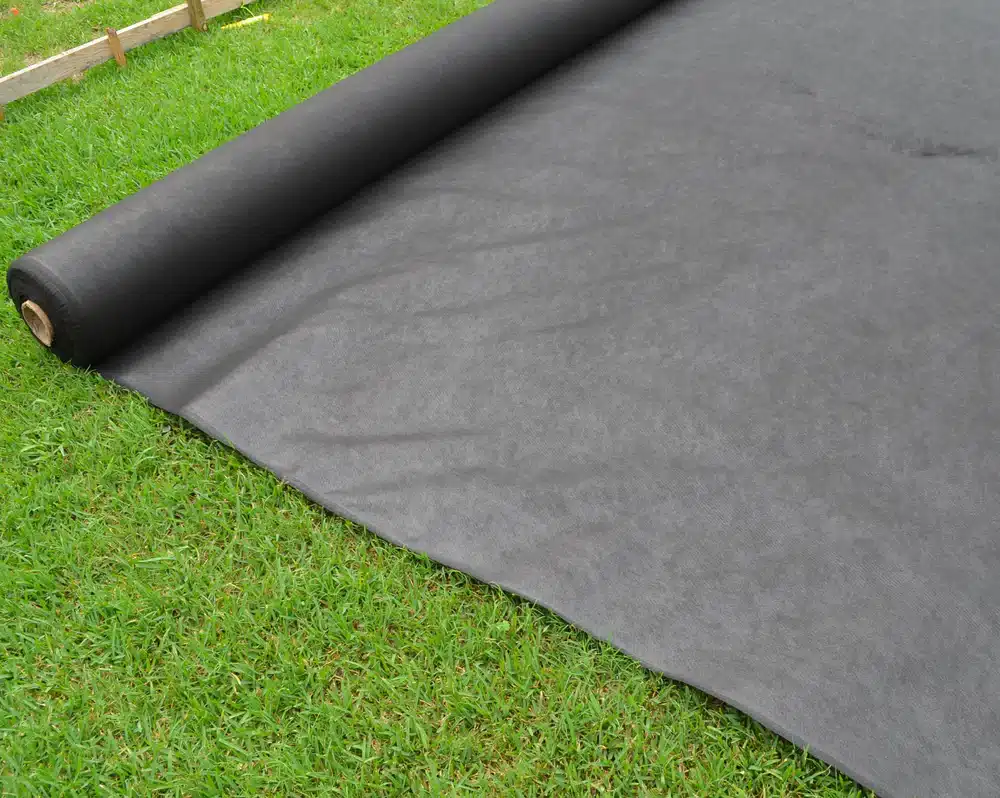
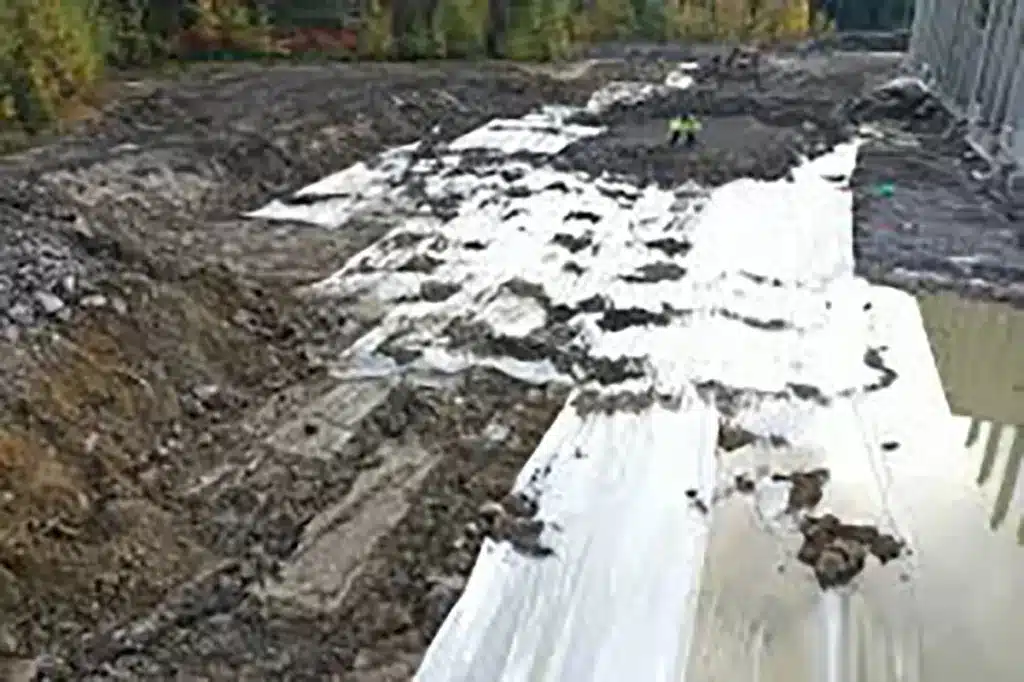
Get Free Sample
We’ll respond as soon as possible(within 12 hours)





















